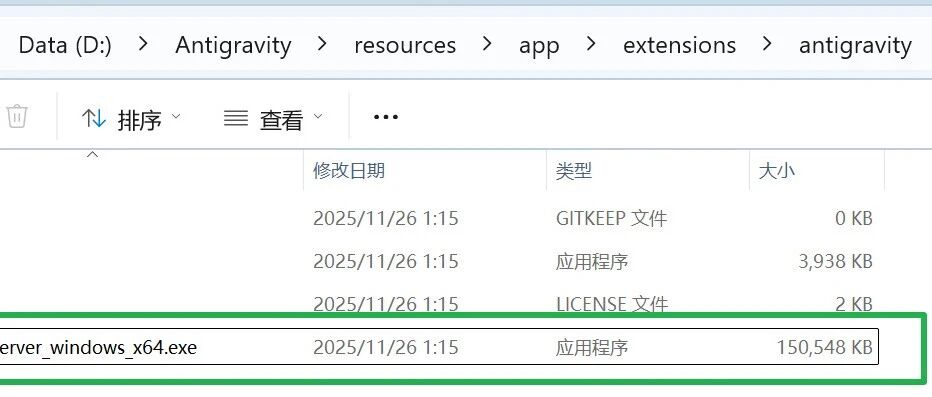The main improvements of Qwen3-8B-BitNet over the original model are:
- model architecture: Converting all linear layers (including language model headers) to BitNet architecture, introducing RMSNorm to improve training stability
- Downsizing: Number of references compressed from 8B to 2.5B, storage requirements reduced from about 15GB to 5GB
- Reasoning efficiency: BitNet's unique binary computation improves inference speed by about 301 TP3T
Technology trade-offs include:
- Loss of precision: the quantization process introduces a performance degradation of about 5-151 TP3T, and performs slightly worse on complex NLP tasks
- hardware adaptation: Requires a specific runtime (e.g. bitnet.cpp) to take full advantage of the BitNet architecture.
- Fine-tuning restrictions: Only supports BF16 format fine-tuning, higher hardware requirements
Overall, this improved solution focuses more on deployment efficiency than absolute performance and is suitable for resource-sensitive application scenarios.
This answer comes from the articleQwen3-8B-BitNet: an open source language model for efficient compressionThe
































